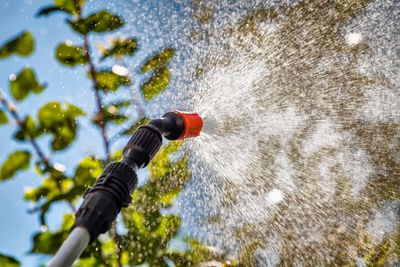Methods of Berm Weed Control
Commonly used in landscapes, the creation of berms in yards and gardens can help separate different sections of the landscape, create visual barriers and help better manage growing areas. Killing weeds on berms can be just as important as weeding established vegetable patches. With planning, weed control for berms can be easily achieved. Effective weed control is achieved through consistency. While chemical controls can be used to eliminate unwanted plants, many growers choose to incorporate organic practices within their gardens. Generally, it is best to disturb berm areas as little as possible. Disturbance of the soil can cause weed seeds to make their way to the soil surface and germinate, thus worsening the presence of weeds on the berm. Rather than turning over the soil, consider adding a thick layer of organic mulch to the berm. This mulch will work to suppress the growth of any unwanted plants. If using hay or straw, make certain that weed seeds are not present, as this will worsen the issue. The easiest way to remove weeds from the berm is to prevent their growth. Pulling seedlings which have recently emerged will prevent their maturation, as well as prevent these plants from dropping additional seeds. The removal of seed heads from mature plants is of the greatest importance when beginning a weed management program. Larger, established weeds can be pulled by hand from the berm. Pulling large weeds is best done when soil is wet, as the roots are more likely to release from the soil. Last, but certainly not least, the use of pre-emergent herbicides and chemical treatments can help reduce and control weeds growing on berms. Most commonly found at garden centers and local plant nurseries, it is important to choose the correct product for the weeded area. Before the use of herbicides for berms, always carefully read the product label and make certain that it is safe for use in the designated area. Note: Any recommendations pertaining to the use of chemicals are for informational purposes only. Chemical control should only be used as a last resort, as organic approaches are safer and more environmentally friendly.
